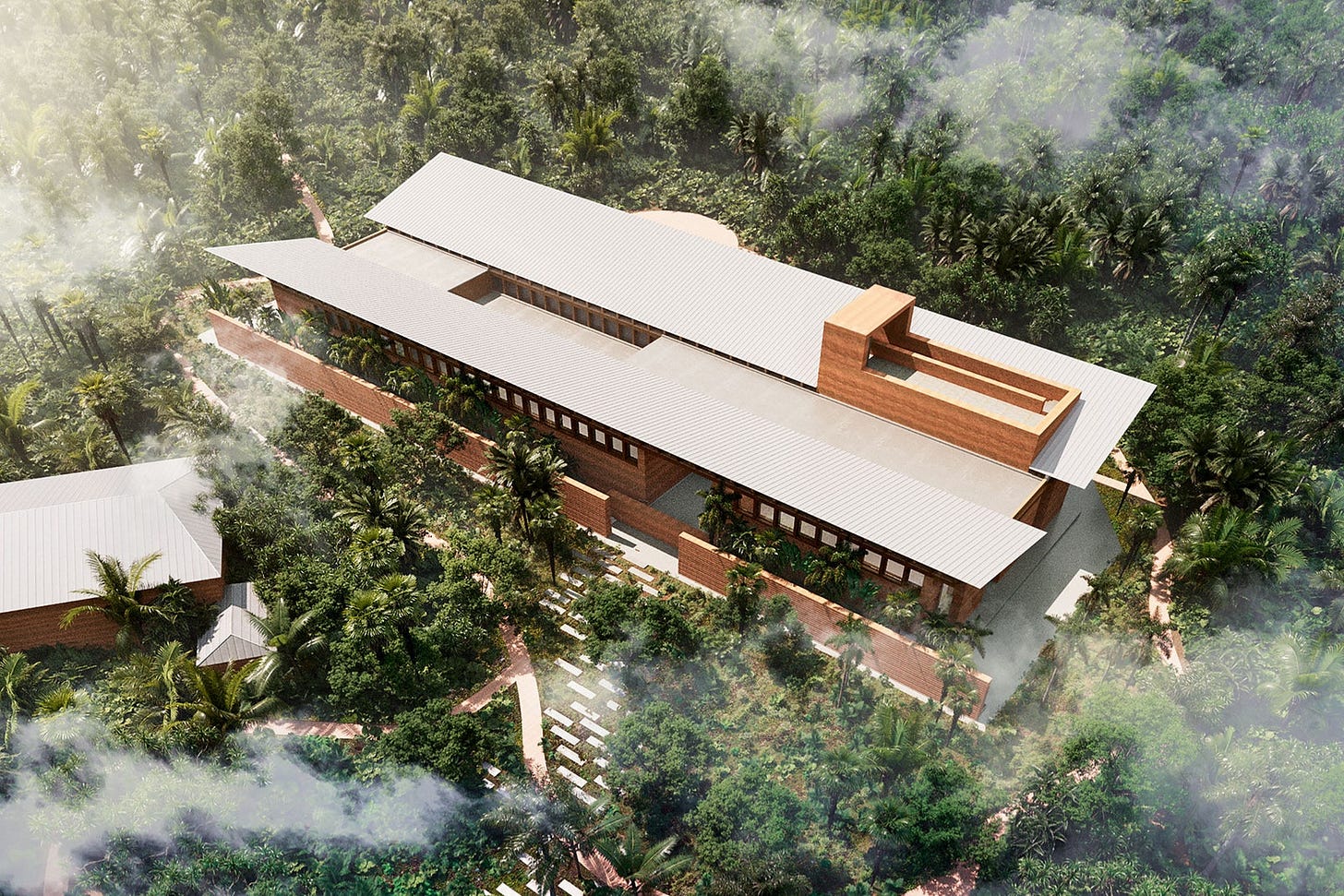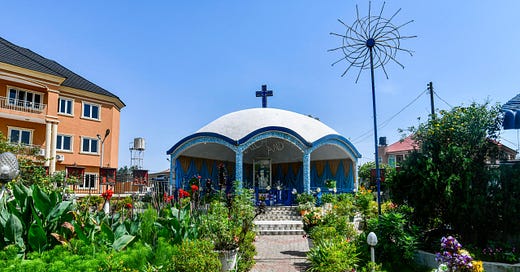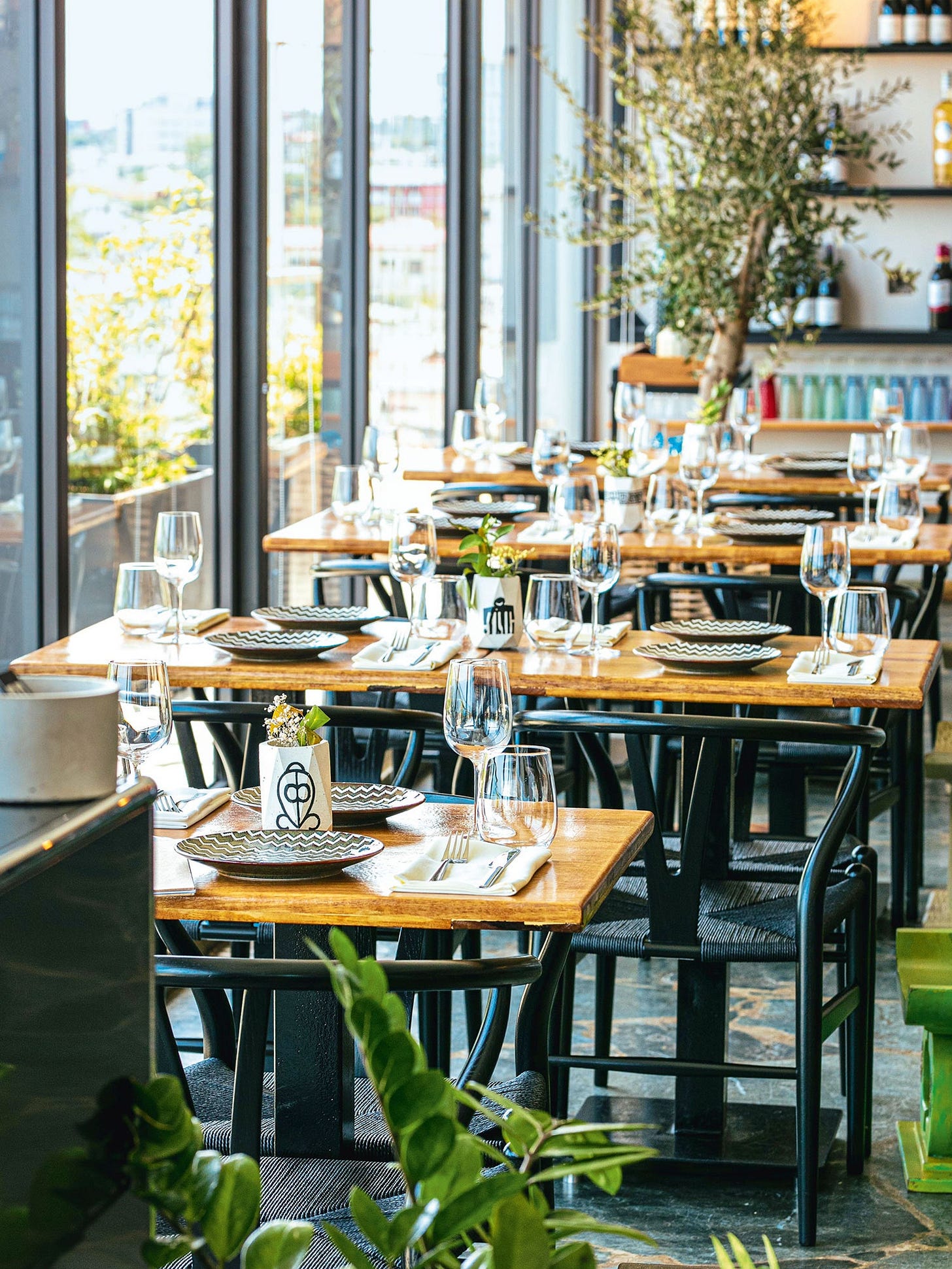Why Benin City Belongs on Every Culturally Curious Traveller’s Bucket List
BY FUNMI FETTO
Lagos has long been Nigeria’s creative pulse, an electrifying, sprawling city home to some of the most exciting and well-regarded fashion, music, and artistic talents of recent years. But an hour’s flight away is Benin City, the capital of Edo State in southern Nigeria, which, if whispers in the art world are anything to go by, is hot on Lagos’s heels.
Today, Benin City is known for being the center of the country’s rubber industry, but come November and the opening of the much-anticipated Museum of West African Art (MOWAA)—an ambitious multimillion-dollar “creative district” that promises to push the boundaries of what a world-class museum looks like—Benin City will need to rewrite the top of its resume as the destination for the culturally curious.
The birthplace of the Benin Bronzes—artifacts considered some of Africa’s greatest treasures, which in the 19th century were controversially looted from Benin’s royal palaces—the city’s connection to art has long preceded the current hype. “If you go back a few hundred years,” explains Phillip Ihenacho, director at MOWAA, “Benin was West Africa’s equivalent to, say, Florence or Venice. That was down to the Oba of the Kingdom of Benin, who was a great patron of artisans.”

It is a legacy that Aindrea Emelife, the British-Nigerian curator of MOWAA—also tasked with curating the Nigerian Pavilion at the Venice Biennale this April—is excited to take forward. “Think for a moment about how culture has shaped the places we know and travel to. Scotland has embedded tweed into its national identity. Italy is home to artisans in many towns: Burano for lace, Murano for glass, Solomeo has cashmere woven into the fabric of the medieval hamlet... West Africa and Nigeria are also abundant in artisans: if you visit Igun Street in Benin City, you will come across a street of bronze casters, an art that has passed down generations for more than a thousand years.”
The current buzz around West Africa’s art scene, says Osei Bonsu, the British-Ghanaian author of African Art Now and curator of international art at Tate Modern, has been galvanized by “a fast-growing art market led by local galleries and artist-run spaces.” In Accra, Ghana, the Pan African Heritage Museum, which launched its digital iteration in 2022, is busy building a $50 million physical space slated for a 2025 opening. Meanwhile, Senegal, perhaps unlike Benin City and Accra, has basked in the spotlight of the global art world’s gaze for much longer. While this is arguably thanks to the Dakar Biennale (Dak’Art), Senegal’s contemporary art fair that began in 1990, “Arts and culture,” explains Kéwé Lô, the director of Black Rock Senegal, the Dakar-based arts residency program set up by the Nigerian American artist Kehinde Wiley, “is at the core of our identity.”
Lô describes the current West African art scene as one that is constantly reinventing itself, thanks to its ability to “blend new voices and generations.” A grand example is the city’s Museum of Black Civilisations. Inspired by the traditional circular homes in the Casamance region in the south of Senegal, the museum is a colossal 150,000-square-foot, four-floor architectural marvel that rivals any global national museum. On a smaller but no less impactful scale, Selebe Yoon, founded in 2020, is a gallery loved by art and fashion insiders—last year it held an exhibition with Chanel’s artistic hub (la Galerie du 19M) in Paris. Hannah O’Leary, the head of modern and contemporary African art at Sotheby’s, cites Yoon, Cécile Fakhoury, and Océane Harati’s OH Gallery as “remarkable spaces that I always head to.”
“This very special continent has always generated really wonderful talent,” she says, “[but now] is a super exciting time.”
Insider recommendations
Stay: For writer and curator Ekow Eshun, Accra’s rustic La Villa Boutique is a must.
Visit: Ghanaian curator Nana Oforiatta Ayim recommends Ada Contemporary, Nubuke in the East Legon area of Accra, and Nkyinkyim Museum, one of Ghana’s biggest outdoor museums, founded by artist Kwame Akoto-Bamfo. To discover Benin City’s emerging artistic talent, pay a visit to Nosona Studios, says Aindrea Emelife, but make time to explore Edo State’s Okomu National Park too.
Eat: For fine dining in Accra, head to The Mix Design Hub as much for the food as the sea views. “If you want to get a sense of how Ghana thinks creatively, how it walks and talks,” says Eshun of the city’s Osu area, “you need to be there.”
Vogue




